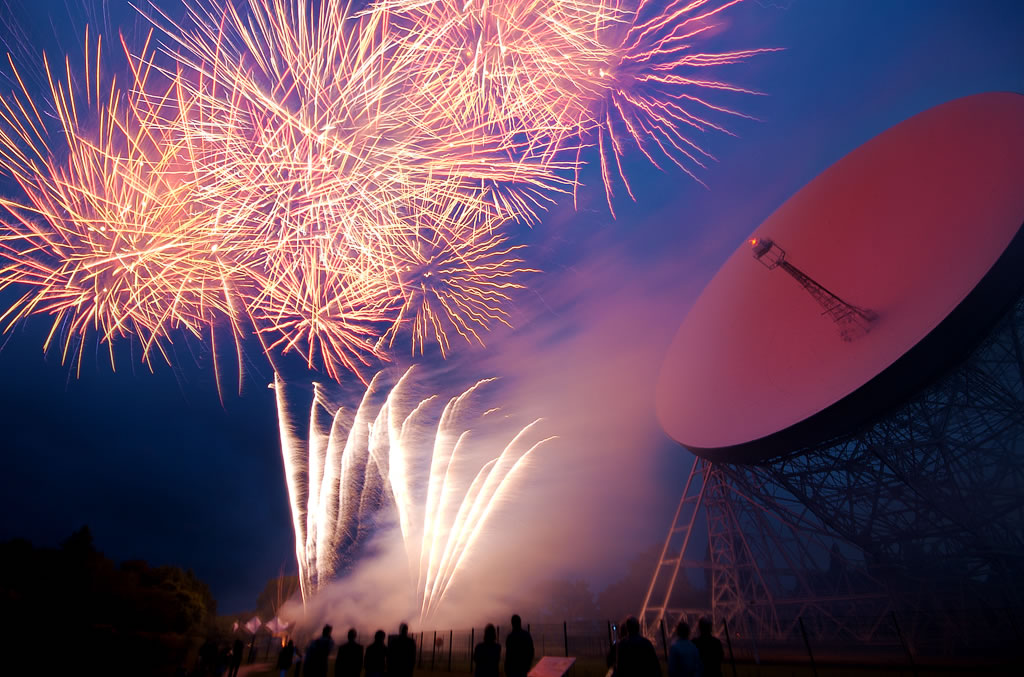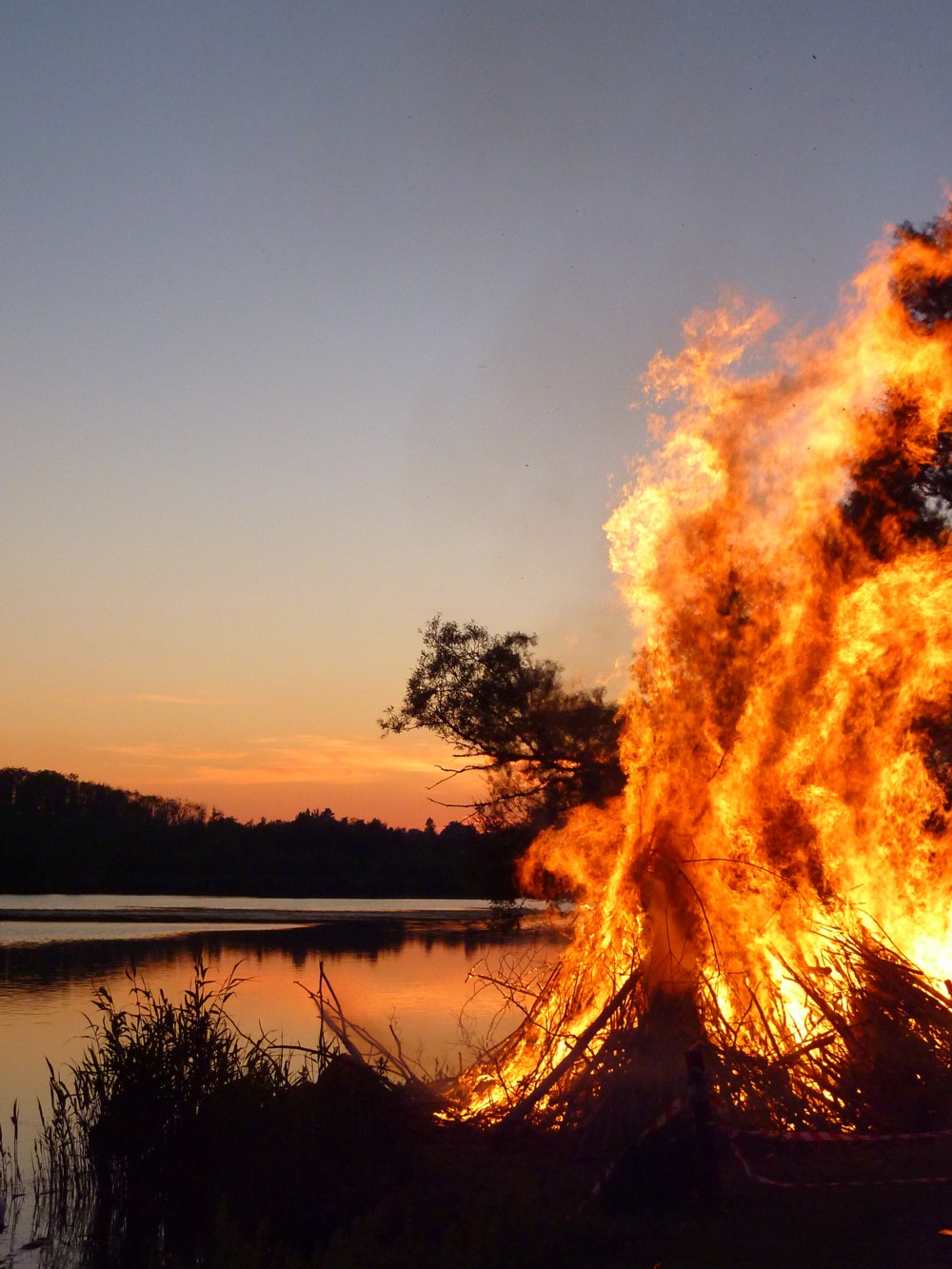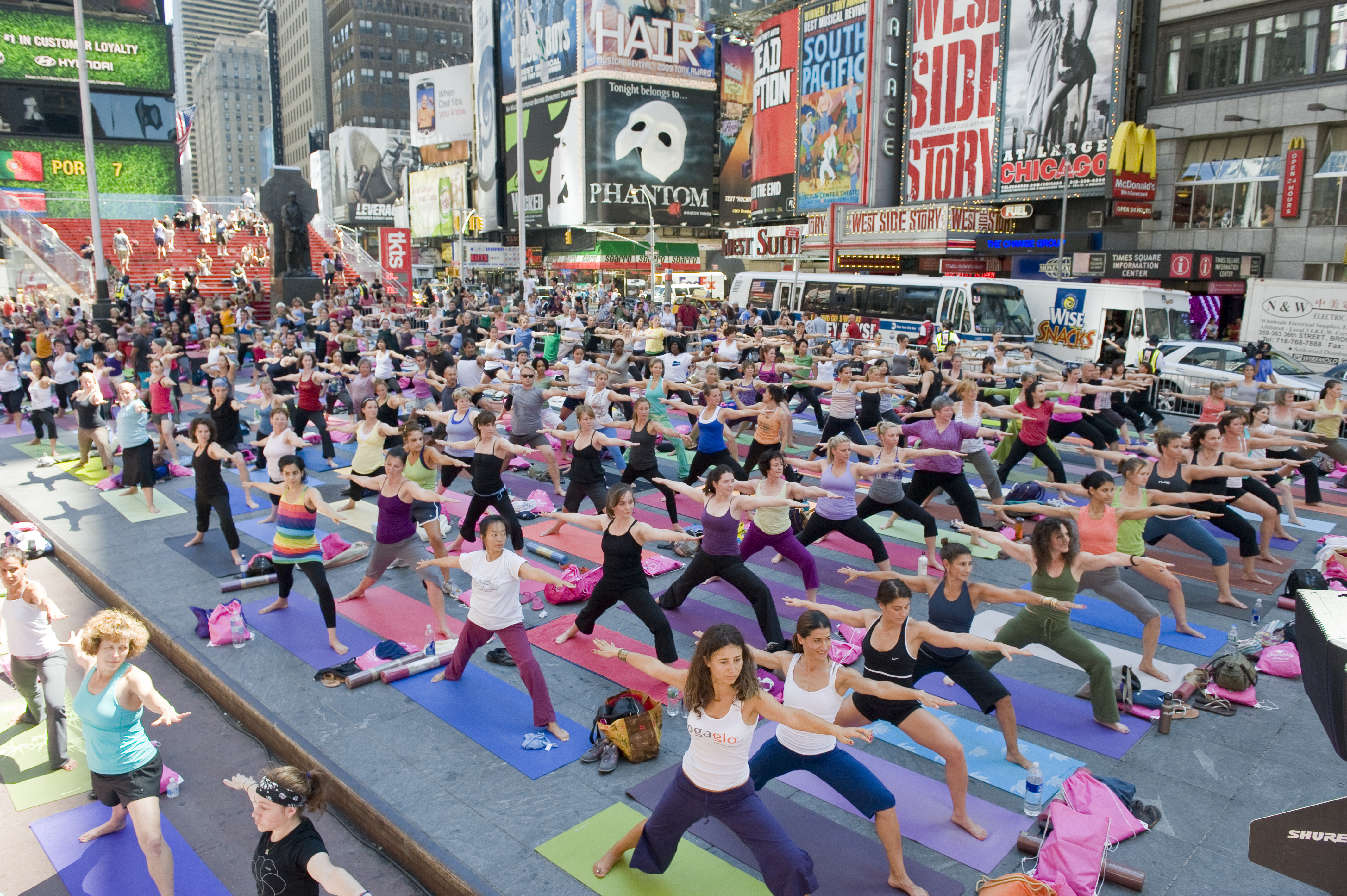Image Gallery: Stunning Summer Solstice Photos
Summer at Stonehenge

In the Northern Hemisphere, the 2011 summer solstice will take place on Tues., June 21 at 1:16 p.m. EDT (10:16 a.m. PDT). At that time, the sun will reach the point where it’s farthest north of the celestial equator. The solstice will mark the official start of summer for the Northern Hemisphere and winter in the Southern Hemisphere.
One of the most well-known summer solstice landmarks is Stonehenge, the prehistoric monument that stands on the Salisbury Plain in Wiltshire, England. The ancient stone circle is thought to be a burial ground that was arranged to face the midsummer sunrise and midwinter sunset. The above photo of the monument was taken during the summer solstice on June 21, 2005.
Floral Offering at Stonehenge

Every summer solstice, tens of thousands of New Agers, neo-pagans, Wiccans and sun-watchers from all over the world gather at Stonehenge to watch the sun rise over the stone ruins on the longest day of the year.
This photo, taken on June 21, 2010, shows a ritual consisting of offering flowers to the sun during the summer solstice as a way of asking for health and happiness. Others make fruit "sacrifices" and burn candles and incense.
Watching the Skies

The June 20, 2008 summer solstice was celebrated with fireworks over the radio telescope station at the Jodrell Bank Observatory in Cheshire East, England. The observatory and planetarium contain one of the world's largest fully steerable radio telescopes, although thankfully, a giant telescope is not required to enjoy the summer solstice.
Shining Through the Trees

The June 20, 2008 summer solstice sunrise, as seen from the woods of Ontario, Canada.
Solstice Sunrise

This photo was taken during the summer solstice sunrise on June 21, 2009, in North Bay, Scarborough, a town on the North Sea coast of North Yorkshire, England.
A 'Sankt Hans Aften' Fire

In Denmark, the summer solstice is known as Sankt Hans Aften, which means "the eve of the day of Saint John the Baptist." The summer solstice is celebrated with customary songs sung around great fires, which were traditionally built to ward away evil spirits.
Originally, the Sankt Hans Aften tradition called for visiting a "healing well" before making a fire, but that tradition evolved as wells stopped being used. Now, Danish people build fires on beaches and near bodies of water such as lakes and ponds.
Before Christianity was introduced in Denmark, the summer solstice was a pagan holiday that honored the sun for providing energy for plants to grow. Pagan mystics would pick herbs and flowers from the countryside, because they believed that the summer solstice enhanced plants' healing properties.
End of the Earth

This time-lapse photo was taken around midnight at Vincennes Bay in Antarctica on Dec 21, 1996, which was when the summer solstice occurred in the Southern Hemisphere that year. Antarctica is known as "the land of the midnight sun," and the sun literally doesn't set during the summer solstice. [In Photos: Antarctic Ice]
That's because, when the Earth's axis points away from the sun from December to March, the Southern Hemisphere enjoys the direct rays. During these months, the sun doesn't move overhead, but appears to go around and around near the horizon throughout the 24-hour day cycle. Even at noon, when you'd expect our closest star to be at its highest, it hovers relatively low above the northern horizon, and dips near the southern horizon at midnight.
Get the world’s most fascinating discoveries delivered straight to your inbox.
Candle Night in Japan

In Japan, the summer solstice is celebrated all over the country by lighting millions of candles. During "candle night," people turn off their electric lights from 8 p.m. to 10 p.m. local time, instead enjoying the warm glow of the candles, which represent calm and peacefulness.
Candle Night first began in Japan in 2003 as an initiative to save electricity during the year's longest day of sunlight. This photo was taken in preparation for the 2011 candle night event in Osaka City, Japan's third largest city.
Summer Solstice Times Square

How do busy New Yorkers celebrate the longest day of the year in the city that never sleeps? By winding down with a massive yoga class in the heart of Times Square, of course! Every year, Broadway Plazas between 45th and 47th Streets in Times Square are blockaded off from traffic as thousands of people partake in "summer solstice yoga."
Organized by the Times Square Alliance, the free, all-day event features professional yoga instructors leading classes that "celebrate sun, summer and creativity."
 Live Science Plus
Live Science Plus





